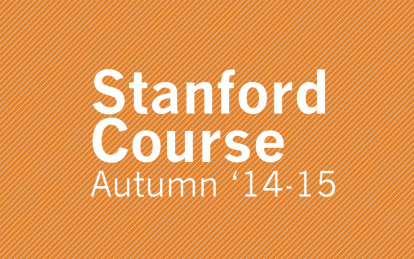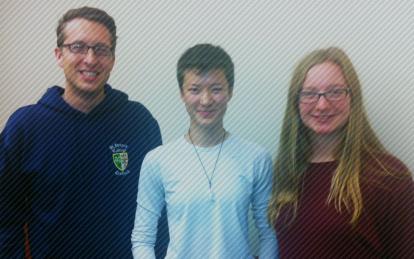How to reconcile the relationship between nature and technology? This is one of the central questions for a course on cars and the American landscape. For the moment, we’ve been focusing our attention on how it was addressed by artists and designers in the 1930s, a period often called the Machine Age for its celebration of science and technology.

Charles Sheeler, American Landscape, 1930.
We first looked at the work of Charles Sheeler. In particular, we viewed his paintings and photographs of the most sophisticated and efficient machine for producing cars of its day, Henry Ford’s River Rouge factory. Ford hired Sheeler to take a series of photographs of the plant in 1927. In addition to appearing in promotion materials produced by the Ford Motor Company, these photographs became the basis for several subsequent pieces by Sheeler, including his canonical American Landscape. There’s no sign of untouched nature in the painting; it would seem as if technology has overwhelmed that natural world and humanity too. And yet, cultural historian Leo Marx famously suggested that the painting retains a connection to the pastoral past through its ordered, peaceful, and harmonious depiction of this industrial scene. It’s an appreciation for the pastoral that has a long history in American culture.

Norman Bel Geddes, Futurama, 1939.
We then turned to the industrial designer Norman Bel Geddes and Futurama, his fantastic exhibition at the 1939 World’s Fair. Sponsored by General Motors, this immersive ride took visitors on a trip to a utopian vision of 1960, a world constructed by Bel Geddes as a miniature model and one that featured an interstate highway system designed to ensure efficient and speedy travel across the United States. But Bel Geddes had a strong appreciation for the landscape, both the pastoral and the more wild setting. Following the lead of many urban planners of the day, Bel Geddes predicted that this highway system would enable people to live in the pastoral suburbs and commute to work in the city. And he predicted they might want to spend their free time driving in the country. He envisioned a roadway that could accommodate cars traveling at three speeds – 50, 75, and 100 miles per hour – that was also perfectly integrated into nature. From the comfort of a streamlined Bel Geddes-designed car with air conditioning and curvilinear windows, driver and passenger could appreciate an unobstructed view of the landscape. They would see the landscape as a spectacle for their visual pleasure. It was an experience much akin to the view of the future world provided by his carefully designed exhibit. And even though Bel Geddes’s vision had undeniable problems (as all utopian visions do) we all agreed: we would have loved to go to the fair, just to see Futurama.

Georgia O'Keeffe Painting in her Station Wagon, 1937.
Next week we’ll turn to the sublime landscapes of Ansel Adams, Georgia O’Keeffe and others. Their work shows us landscapes seemingly devoid of humans and technology, but the artists themselves depended on cars to reach them. It was the car that made such places accessible, not only to artists, but everyone, and therefore encouraged a new appreciation for nature.
End





